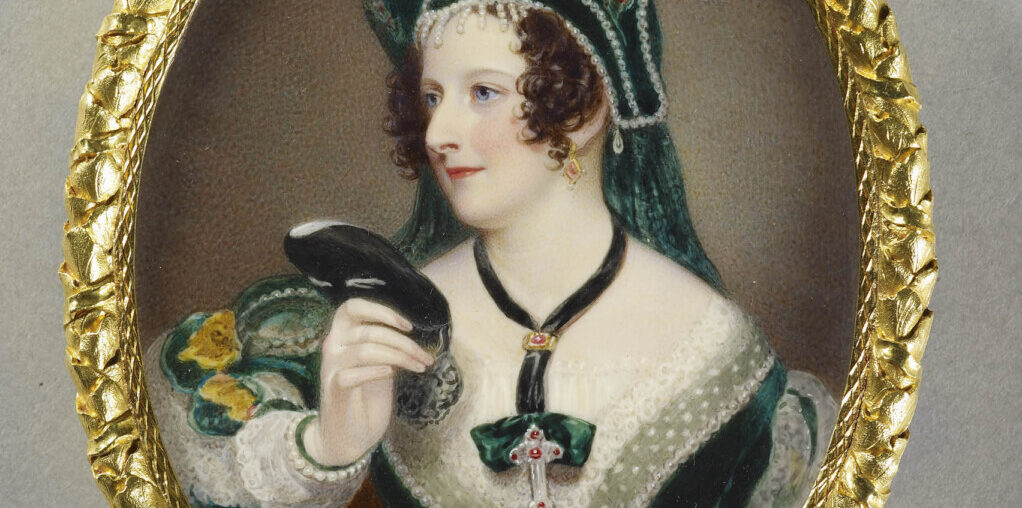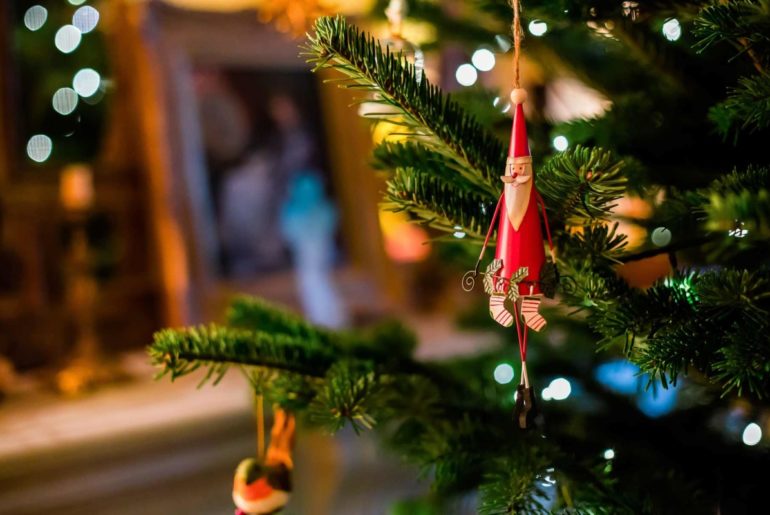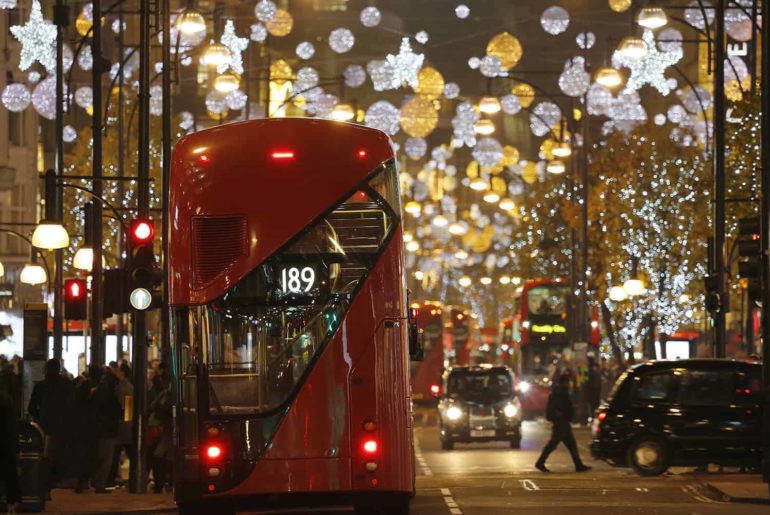What do you really know about the quintessentially British tradition? If you’re an afternoon tea lover and wish to learn more, you’re in the right place. And afternoon tea can be enjoyed in many ways: on a guided London sightseeing tour, at a luxury hotel, with a magical theme, and even on a cruise!
Some may surprise you, but here are fascinating afternoon tea facts to help you understand this British tradition’s history and heritage.
What are some fun facts about afternoon tea?
- It has Aristocratic origins
- It’s made of specific components
- It’s ruled by Etiquette
- Some argue about pronunciation
- It’s linked to royalty
- It influenced literature and pop culture
- It evolved over the centuries and continues to evolve
Read on for more thrilling insights!
It has Aristocratic origins
One day, in the 19th century, Anna, the Duchess of Bedford, felt peckish between lunch and dinner. At the time, dinner was served fashionably late, around 8 pm. To satisfy her craving, the Duchess requested a tray of tea, bread, butter, and cakes to be brought to her room around 4 pm. This became a regular habit as she invited friends to join her, making it a social event. Afternoon tea was born.
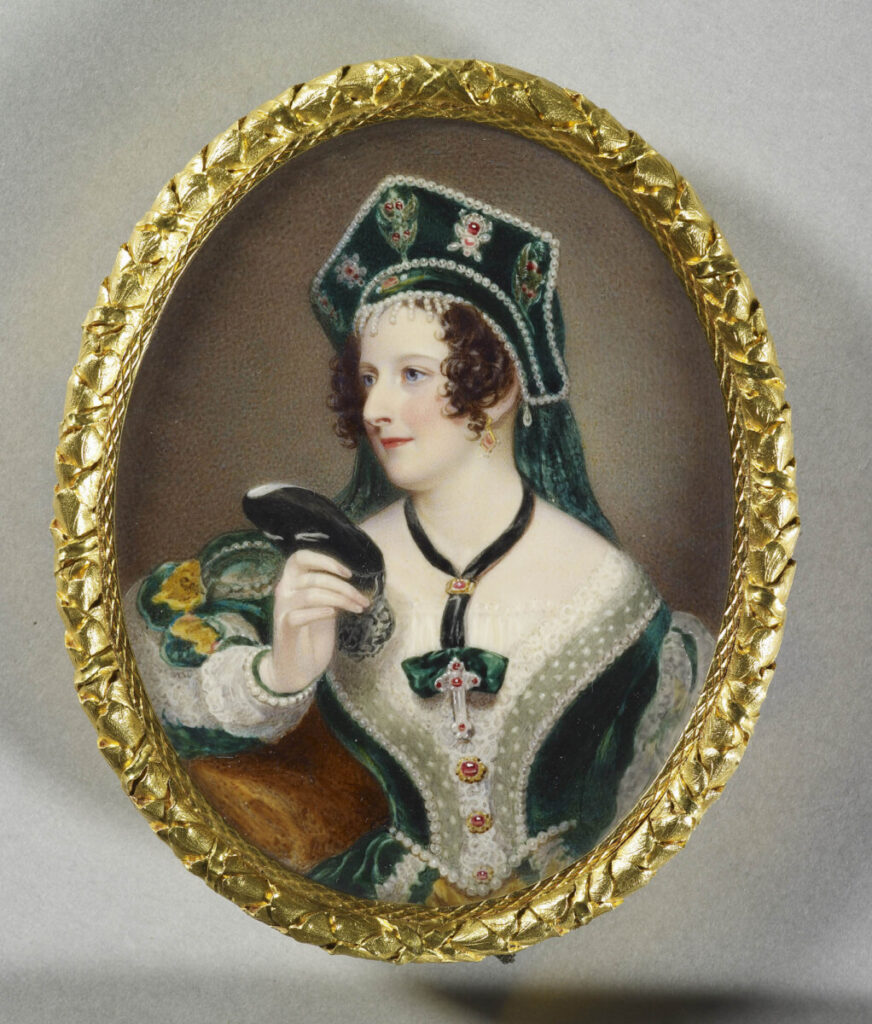
It’s made of specific components
A traditional afternoon tea typically includes a selection of finger sandwiches, scones with clotted cream and jam, and an array of pastries and cakes. Tea is the star of the show, with Earl Grey and Darjeeling being the top choices. The ritual involves a specific order of consumption: savoury sandwiches first, followed by scones and ending with sweet treats.
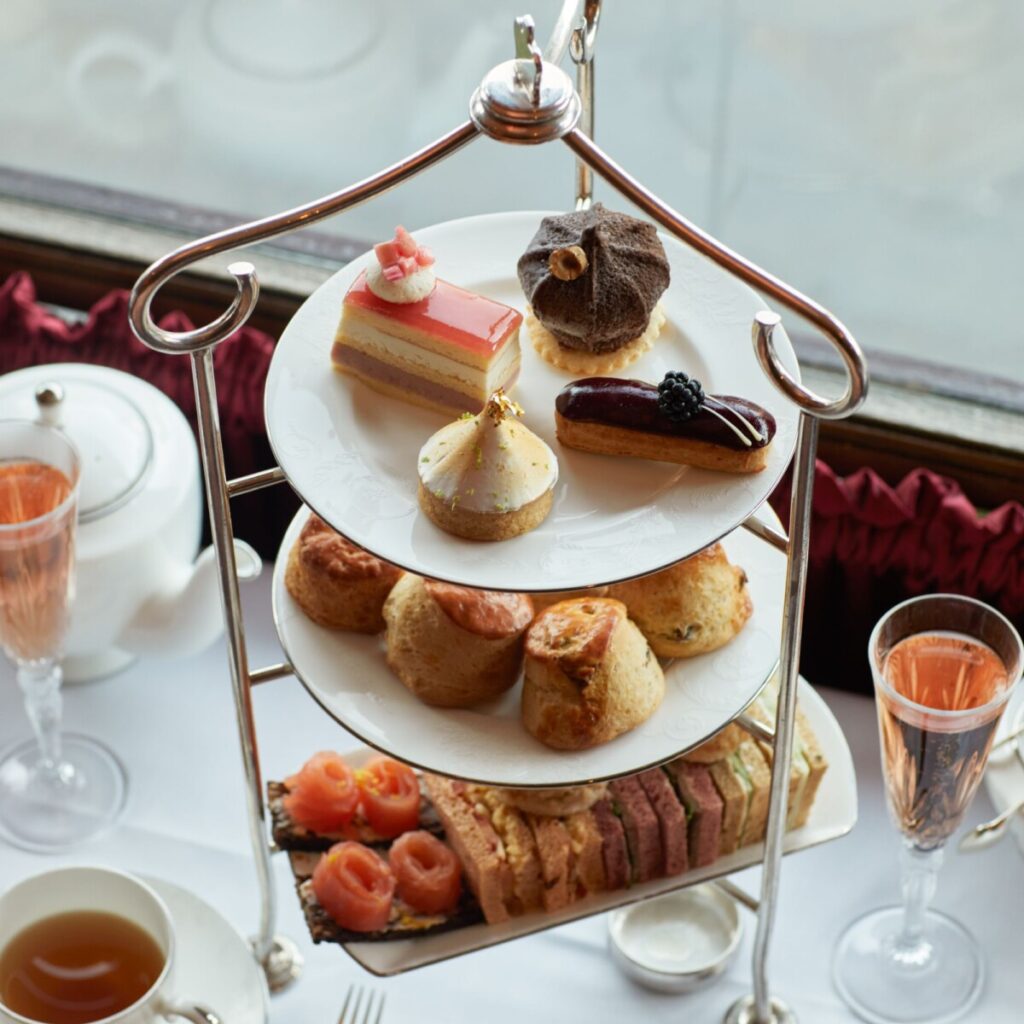
It’s ruled by Etiquette
Proper etiquette is crucial in the realm of afternoon tea. One notable rule is the manner in which tea is stirred. It is seen as polite to stir gently in a back-and-forth motion, avoiding circular motions that may appear rude.
Additionally, when holding your teacup, you should pinch the handle with your thumb and forefinger without looping your fingers through the handle, which is deemed improper. We have a full guide to learn more about afternoon tea etiquette.
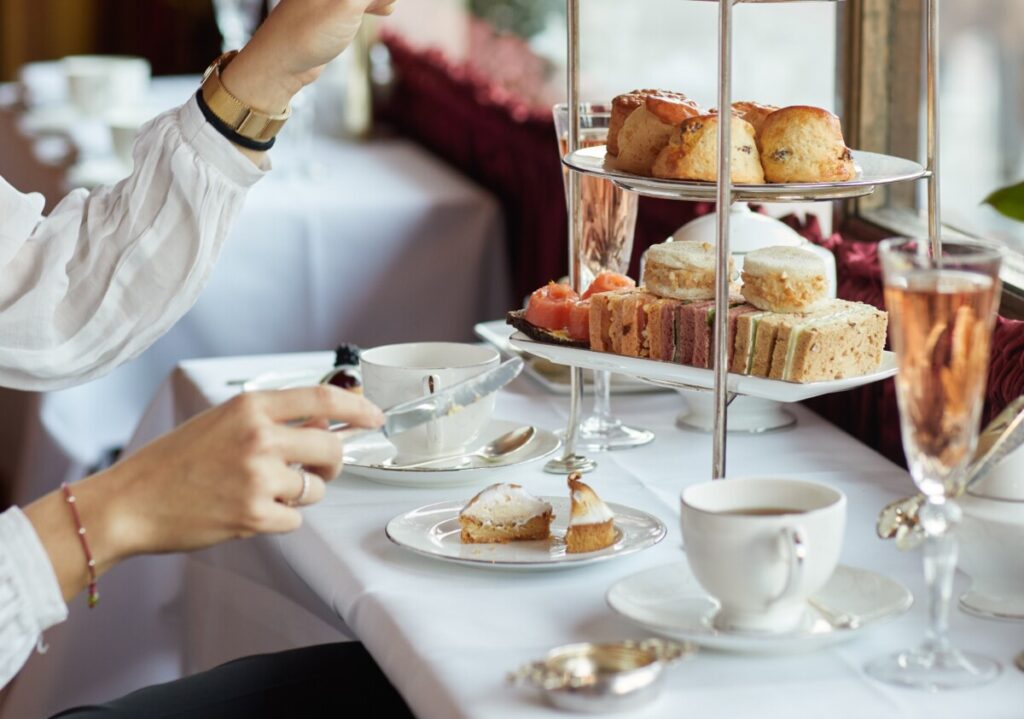
Some argue about pronunciation
How would you pronounce “scone”? Some say “scon” (rhyming with “gone”), while others say “scone” (rhyming with “bone”). The debate extends to the order in which cream and jam should be applied to the scone. Devon tradition dictates cream first, then jam, whereas in Cornwall, it’s jam first, then cream. This friendly rivalry adds a layer of regional charm to the tradition.
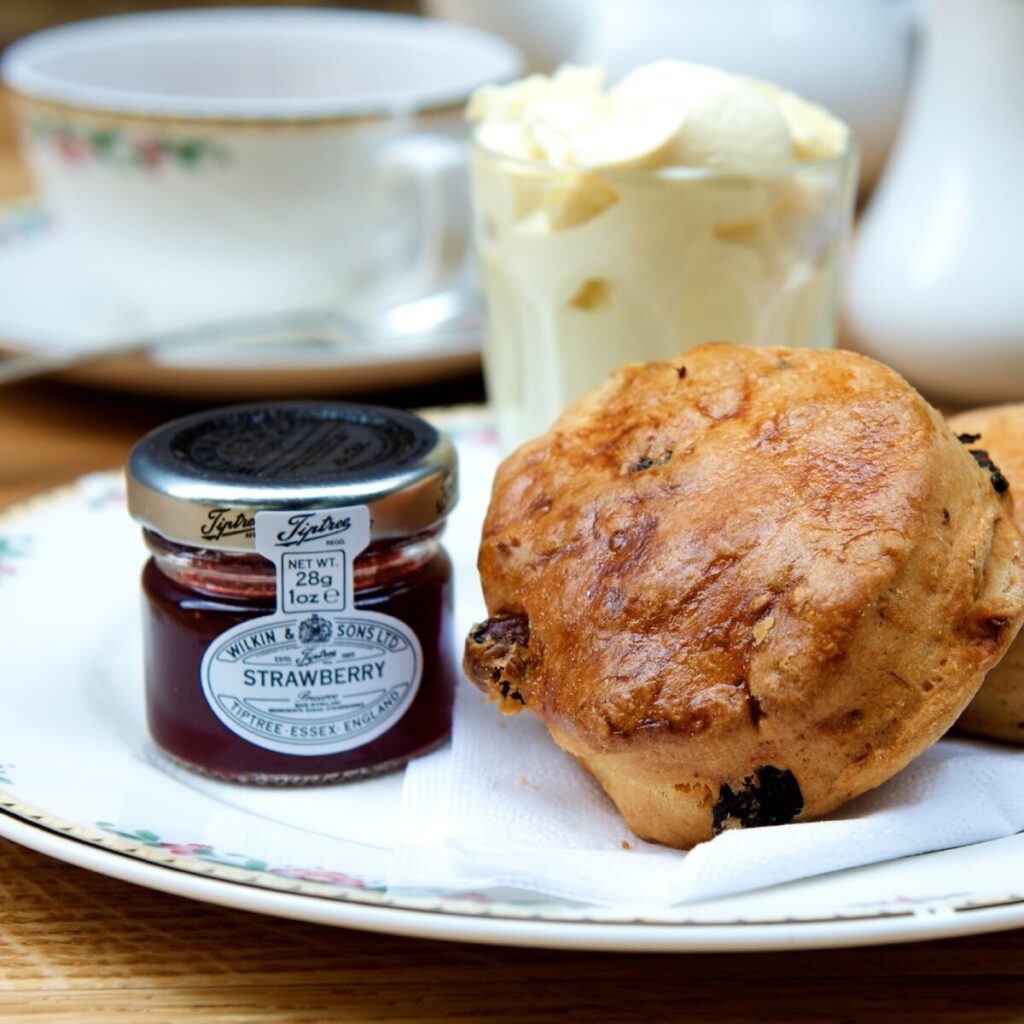
It’s linked to royalty
Since its birth in the 19th Century, the afternoon tea tradition has been very popular with British royalty. Queen Victoria used to love it, too. No wonder why the sponge cake has taken her name. Today, the tradition still sticks with the Royal Family who frequently share afternoon tea together, inspiring tea enthusiasts around the world.
It influenced literature and pop culture
From the Mad Hatter’s tea party in Lewis Carroll’s “Alice’s Adventures in Wonderland” to Downton Abbey’s lavish tea scenes, the ritual has been immortalized as a symbol of elegance and sophistication.
It evolved over the centuries and continues to evolve
While classic afternoon tea remains popular, it has gained more contemporary twists. From themed teas inspired by popular movies and books to vegan and gluten-free options, the ritual continues to evolve, catering to modern tastes and dietary preferences.
Whether you prefer a classic experience or a fun one to share with your family, afternoon tea remains an icon inspiring the whole world, reminding us to pause and enjoy the simple pleasures of life.
Share your photos and reels when you next take an afternoon tea in Britain with the hashtag #evanevanstours.

